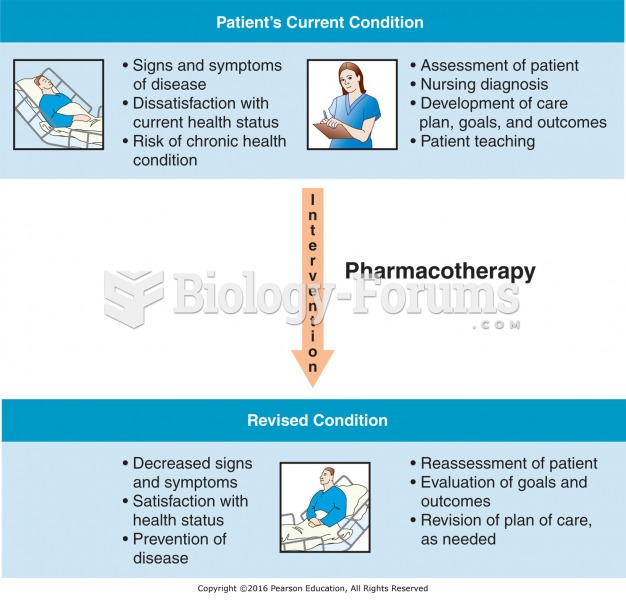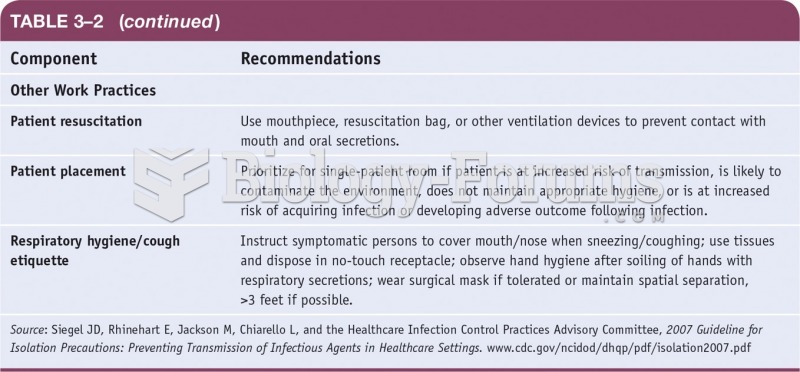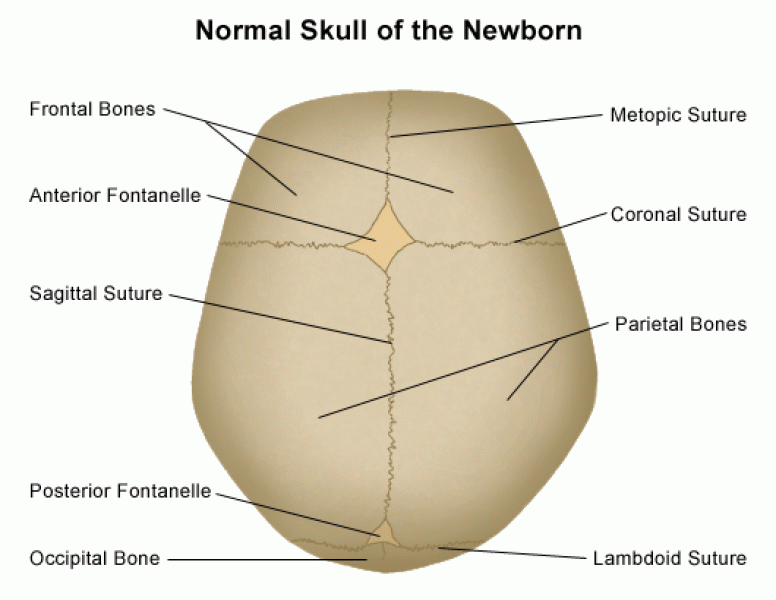A newborn was admitted to the neonatal intensive care unit after being delivered at 29 weeks of gestation to a 28-year-old multiparous, married,
Caucasian woman whose pregnancy was uncomplicated until premature rupture of membranes and preterm birth. The newborn's parents arrive for their first visit after the birth. The parents walk toward the bedside but remain approximately 5 feet away from the bed. The nurse's most appropriate action would be to:
a. Wait quietly at the newborn's bedside until the parents come closer.
b. Go to the parents, introduce himself or herself, and gently encourage the parents to come meet their infant; explain the equipment first, and then focus on the newborn.
c. Leave the parents at the bedside while they are visiting so they can have some privacy.
d. Tell the parents only about the newborn's physical condition, and caution them to avoid touching their baby.
Question 2
An infant at 26 weeks of gestation arrives intubated from the delivery room. The nurse weighs the infant, places him under the radiant warmer, and attaches him to the ventilator at the prescribed settings.
A pulse oximeter and cardiorespiratory monitor are placed. The pulse oximeter is recording oxygen saturations of 80. The prescribed saturations are 92. The nurse's most appropriate action would be to:
a. Listen to breath sounds and ensure the patency of the endotracheal tube, increase oxygen, and notify a physician.
b. Continue to observe and make no changes until the saturations are 75.
c. Continue with the admission process to ensure that a thorough assessment is completed.
d. Notify the parents that their infant is not doing well.







